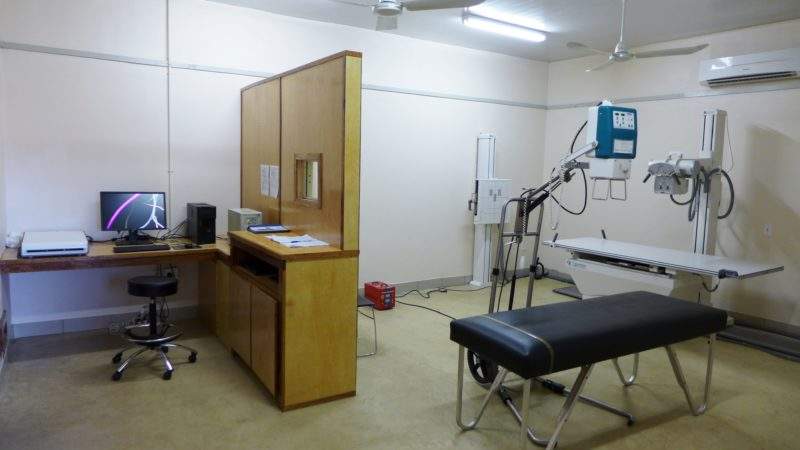
Researchers from the Harbin Institute of Technology in China have produced a bacteria-killing smart coating prototype featuring a hard outer layer and a soft inner layer that allows the coating to repair damage it sustains.
The team, led by Ming Yang, published its findings in a study titled ‘An Epidermis-like Hierarchical Smart Coating with a Hardness of Tooth Enamel’ in ACS Nano this week, and described the coating as ‘hard as tooth enamel on the outside but can heal itself like skin’.
The coating’s dynamic inner layer, comprised of several smaller layers of polyvinyl alcohol and tannic acid, supports the tougher outer layer, which is reinforced with graphene oxide. The team produced various thicknesses of each layer, and found that some thicknesses allowed the material to heal itself when cut, and kill bacteria in the damaged area.
With the smart coating industry expected to grow at a combined annual growth rate of 29.8% from 2017 to 2025, and reaching a peak value of $9.82bn by 2025, such solutions are becoming increasingly common. From a thin film developed by MIT in 2008 to cover and regulate the release of drugs, to Debiotech’s patent for ‘Smart Coating for Implantable Devices’ in 2014, the technology has often been used to protect drugs and implanted devices when consumed by patients. Yang’s coating, however, operates externally, coating and protecting devices used on, rather than consumed by, patients.
“The trick is to use artificial materials in nature’s way,” Yang told Inverse. “The multilayer structure is the key. By placing a hard layer containing graphene oxide on top of a soft layer, we create a smart hybridisation you can get the most out of.”
The ‘natural’ aspect of the coating also reduces the environmental impact of the device; the researchers expect it to have a considerably longer lifespan than other forms of smart coating. American healthcare facilities are reported to generate up to 25lbs of waste per patient, and it is estimated that hospitals could reduce costs by between 40% and 70% by cutting down on their waste.
How well do you really know your competitors?
Access the most comprehensive Company Profiles on the market, powered by GlobalData. Save hours of research. Gain competitive edge.

Thank you!
Your download email will arrive shortly
Not ready to buy yet? Download a free sample
We are confident about the unique quality of our Company Profiles. However, we want you to make the most beneficial decision for your business, so we offer a free sample that you can download by submitting the below form
By GlobalDataThe self-healing and bacteria-killing elements of the coating could be of even greater interest to hospitals. In 2013, US hospitals spent $3.8m on supply expenses; money that went towards purchasing, replacing, delivering and repairing equipment. Reducing the need to replace or repair hardware could be a significant contribution to reducing the US’s annual healthcare spend from its current total of $3.3 trillion.
The biggest issue facing the coating is that of scale: “I am positive that a prototype product based on our design can be available in one to two years,” Yang told Inverse.
“It is however still a long way to go before a mature product can be developed, which will need many customer feedbacks and the participation of investors and potential partners. I will not be surprised if this would take five years or more.”



